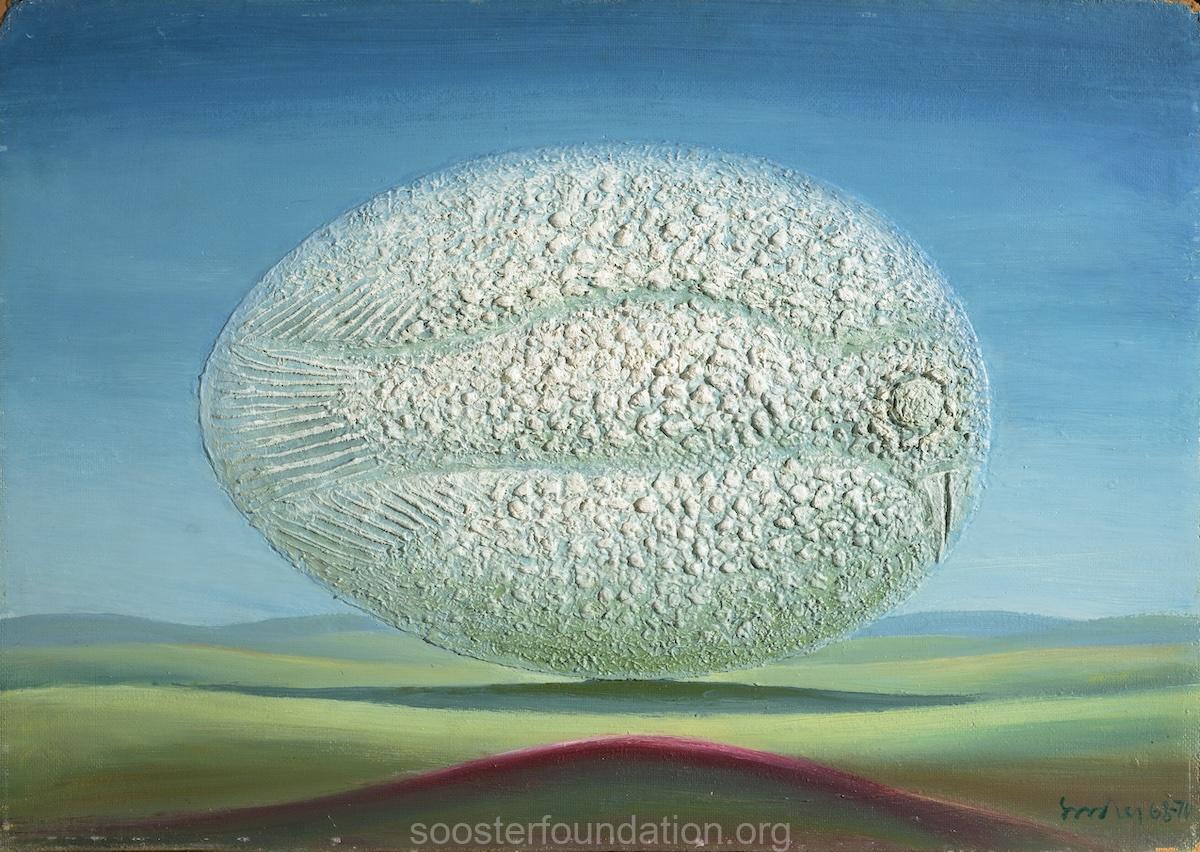
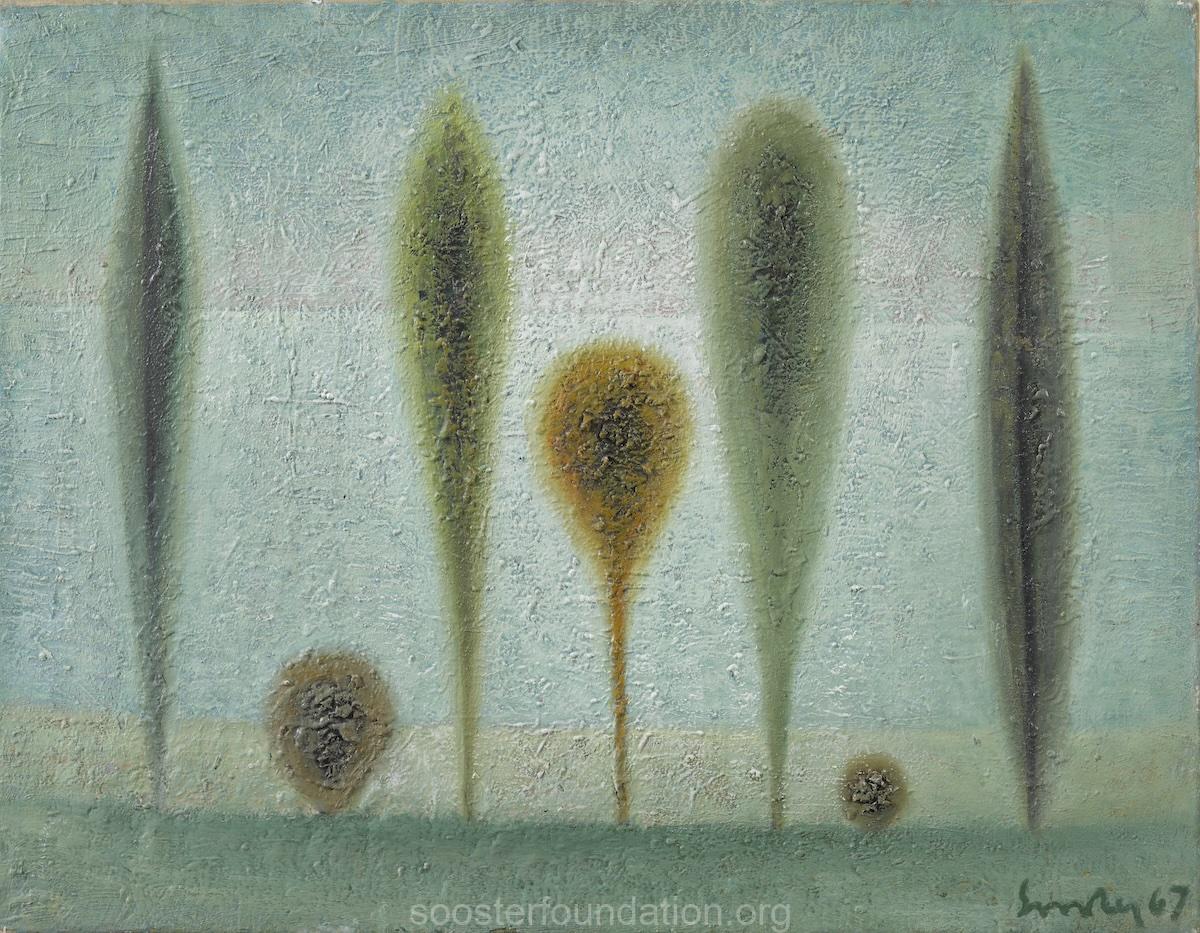
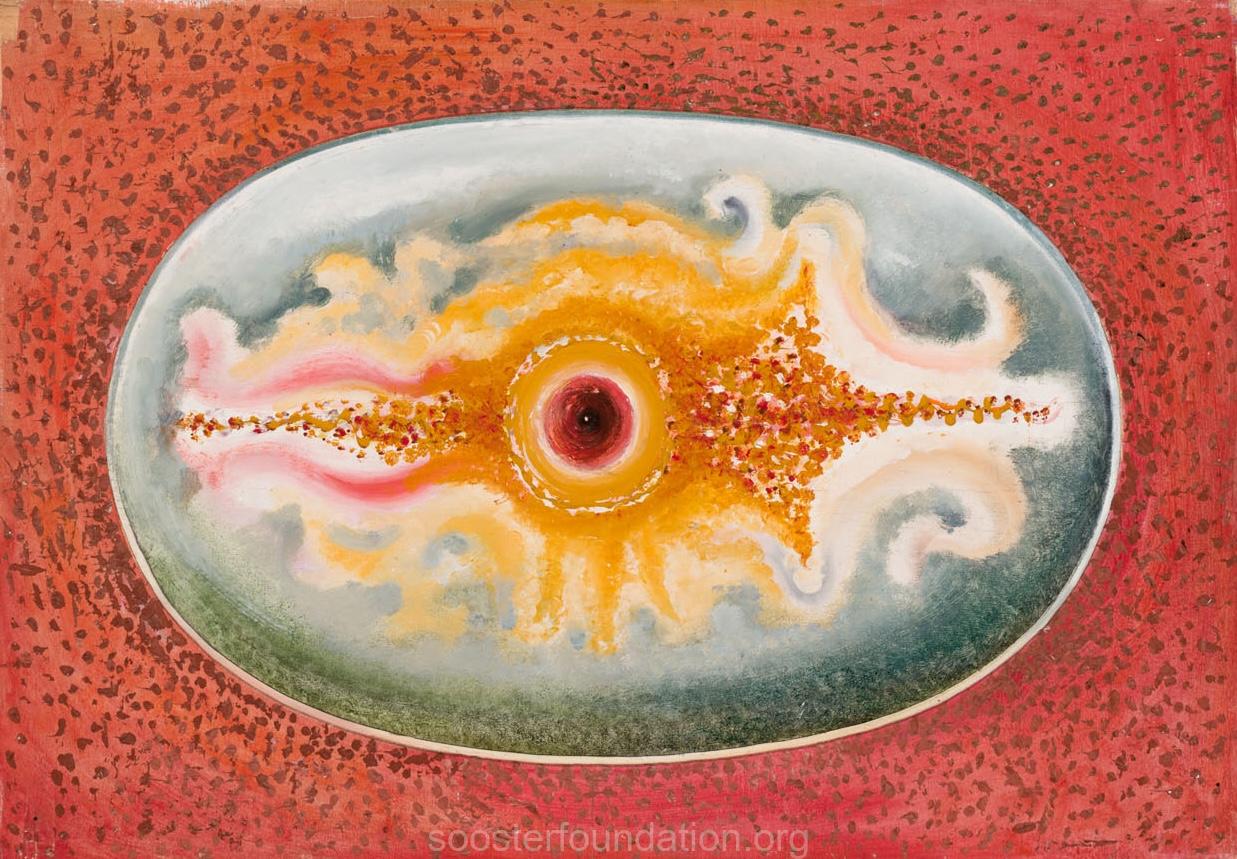
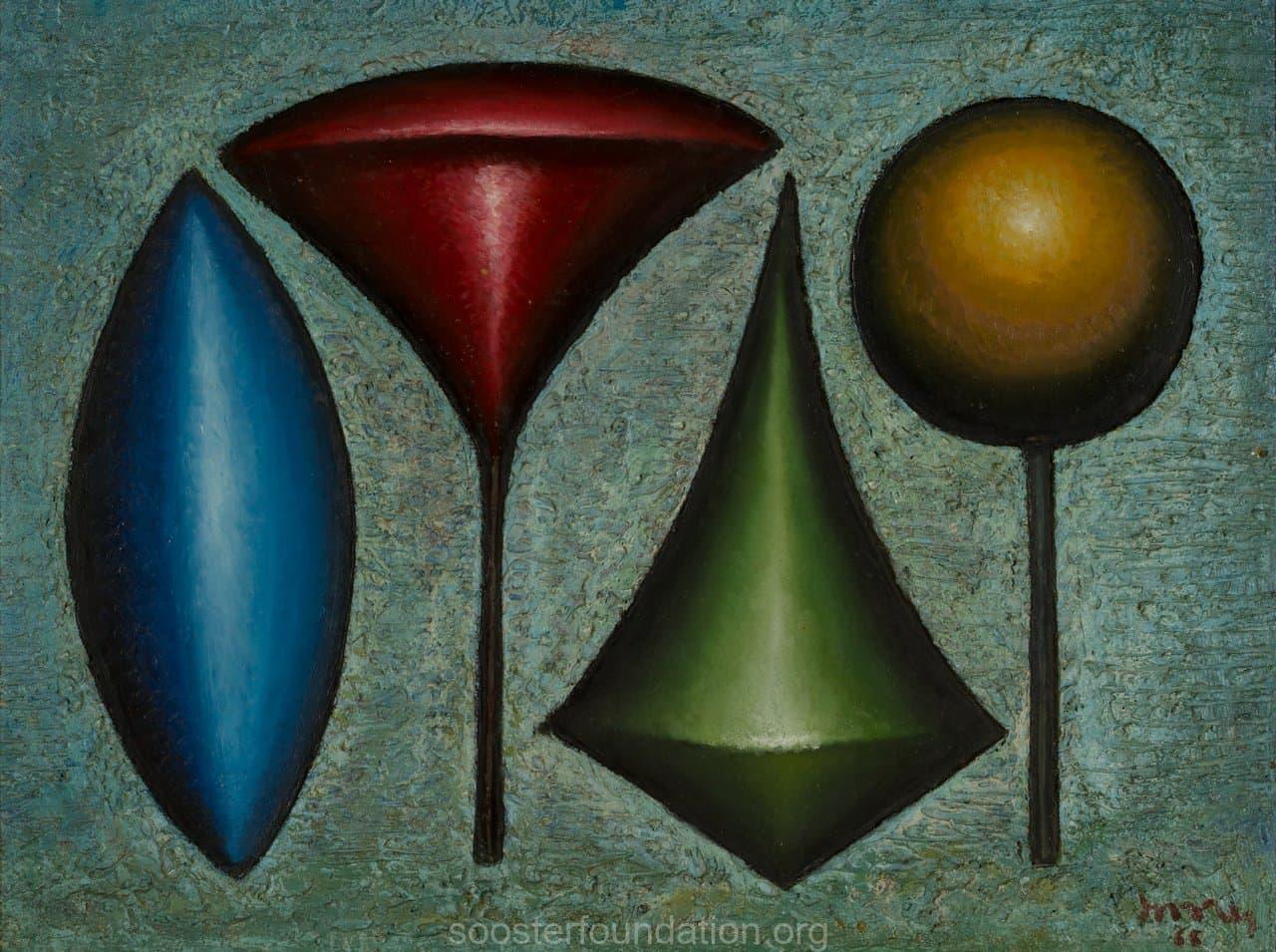
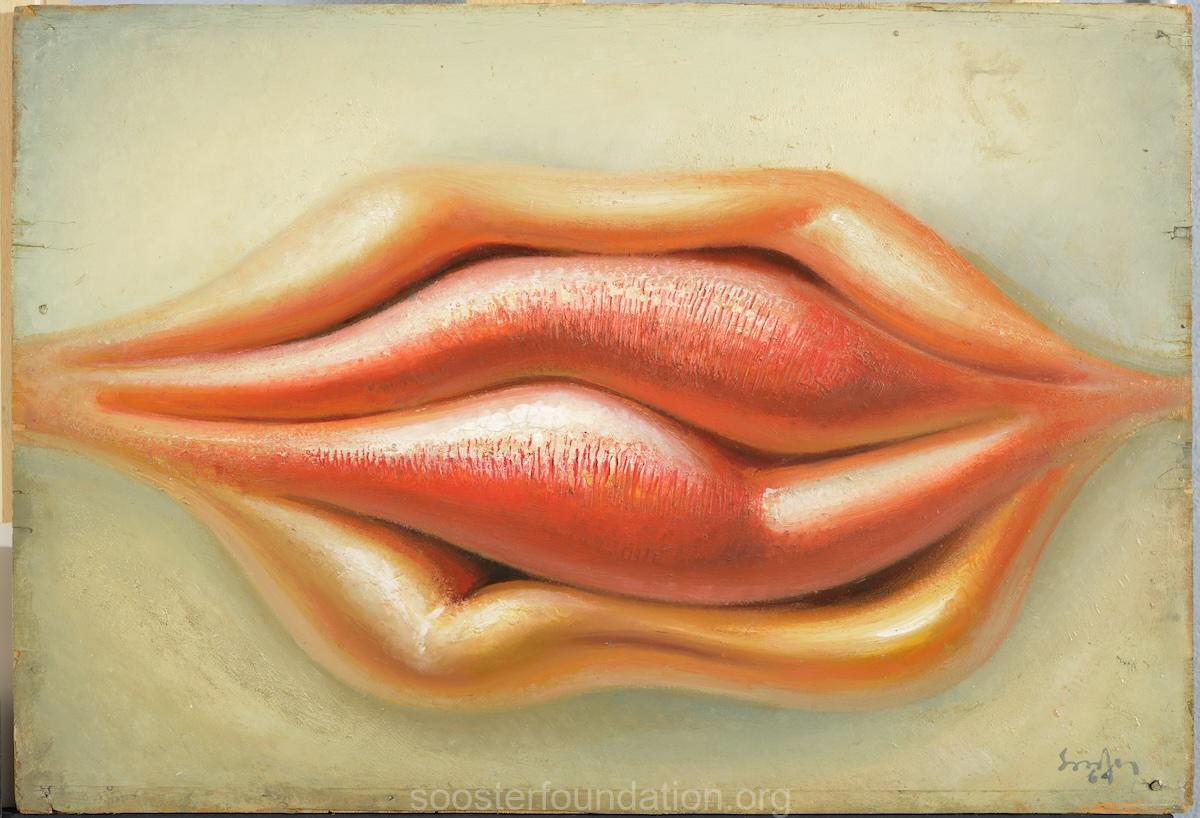
"...For everyone who knew him personally, it was a joy that Ülo Sooster lived. He was infinitely, unbelievably talented — both in art and in life. His extraordinary painting is still awaiting its fame. In graphic art, he created his own style."
— Decorative Art Magazine
"Ülo Sooster is one of the few Estonian painters to whom the term 'international artist' can be applied. And at the same time, paradoxical as it may seem, such a definition in relation to him would remain narrow and inaccurate... International and national are intertwined in Sooster's work with the search for his own identity. Ülo Sooster was a key figure between Estonia and Moscow for more than two decades, and thanks to his personality, these relations were by no means only between the province and the metropolis. It was an active mutual connection: giving and gaining."
— Reet Varblane, Art Historian
... When 'The School of Fine Arts' was shown in France, some French viewers approached me and said: 'We understand that Sooster is your Picasso.'
— Andrey Khrzhanovsky, Film Director"
"Sooster and his Moscow circle were artists who saw themselves outside of Soviet art and did not want to belong to its history. ... Sooster's images – the egg, juniper, fish, eye, etc. – from an interpretive standpoint consist of pure paradoxes, continuing the mindset of the Dadaists and some of the most radical Surrealists."
— Eha Komissarov, Art Historian
"...The blue junipers stood frozen in the blue of eternity. Sooster cast them into the primary and final forms of existence. They were: cone, cube, sphere. This is how bushes might be trimmed in Versailles. But with Sooster, it was different. Sooster's junipers were on an Estonian island, and on that Estonian island, the world was conceived and completed. Sooster's junipers were the formula of the universe, derived at the boundary of being and non-being."
— Irina Uvarova, Art Historian
"Ülo Sooster and his work endured a great deal... Seven of the ten promised years he gave to the most common form of interaction between man and authority – the Gulag. To the dismay and surprise of the rulers, he survived, breathed, sketched, and loved. In his art, memories of childhood emerged – junipers, fish, shells, birds. Dreams of youth – women. Reflections on the understanding and generalization of Time and Space – the egg."
— Boris Zhutovsky, Artist
"Ülo was exemplary in another sense: all his interests were connected with art..., and all his aspirations and conversations rose to a philosophical, almost cosmological height. Starting and ending at his work desk or easel, his thoughts went further, trying to grasp the meaning and structure of the world. ... He was absolutely interested in everything: why live, how to live, he asked 'ultimate questions,' while remaining a craftsman who stands at the easel and works — this incredible normality also traces back to artist-thinkers, as they were during the Renaissance and the greatest of them in other times, up to today..."
— Ilya Kabakov, Artist
"He had the strength to overcome all the trials sent his way – the prison camp sentence and censorship bans, official non-recognition and forced oblivion. ... In the end, his art emerged victorious."
— Olga Kanunnikova, Critic
“Sooster’s sense of not being part merely of Estonian but of European art in general was manifested during the years he studied at the Tartu State Art Institute, when Sooster, wearing a red head scarf, stood out among the library visitors as somebody who read art literature in the largest world languages.”
- Liisa Kaljula, Art Historian
„Besides a national identity, Sooster also had multiple identities as an artist because he did not focus on one single aesthetic and philosophical system, but worked in parallel with various visual and conceptual approaches while preserving a recognisable individuality.“
- Elnara Taidre, Art Historian
There are three artists in 20th century Estonian art who, in more favorable circumstances, could have been part of the international canon of modern art: Konrad Mägi, Eduard Wiiralt and Ülo Sooster.
- Tõnis Tatar, Art Historian


Work on the site content continues. We will be grateful for clarifications, additions, comments and any information.